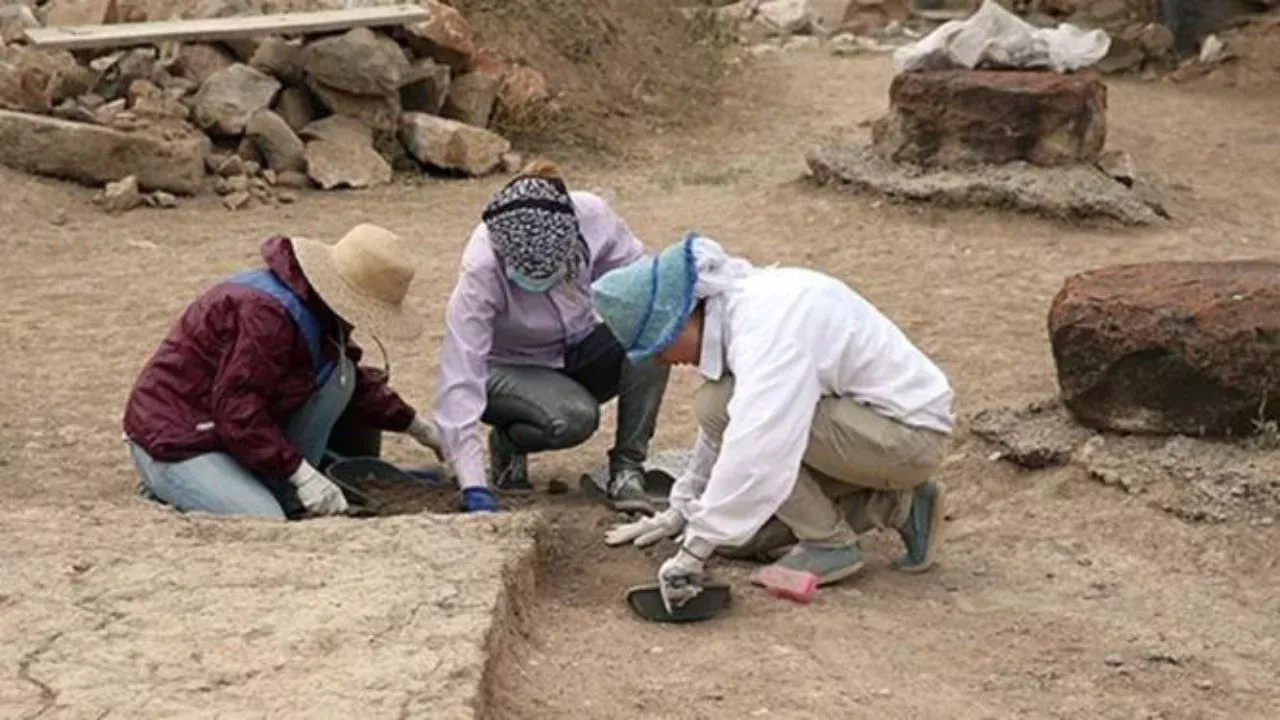
New historical and cultural monuments have been discovered in Tajikistan. This was reported by Zamin.uz.
During archaeological research conducted in various regions of the country, ten previously unregistered monuments have been identified. These discoveries allow for a deeper study of the country's history.
Among the findings, the existence of two Buddhist temples dating back to the 7th-8th centuries draws particular attention. These monuments indicate the spread of Buddhism in the region.
Additionally, three monuments from the Sassanid period have also been identified. This confirms the interaction of ancient states and cultures in the territory of Tajikistan.
Two rock inscriptions from the Middle Ages have also been discovered, which are significant for studying the worldview and lifestyle of ancient people. The three architectural monuments that have been rediscovered showcase the achievements in urban planning and engineering of that era.
According to archaeologists and scholars, these discoveries play an important role not only in preserving historical but also in developing cultural heritage. The Tajik government recognizes historical monuments as national and public wealth and is paying great attention to their preservation.
The new findings are also significant for enhancing tourism potential, serving to attract local and foreign tourists. Currently, efforts are underway to re-register historical sites across the country.
Archaeologists are prepared for new discoveries, and Tajikistan's rich history is still striving to unveil many secrets. These findings are considered an important foundation for national pride and understanding of cultural heritage, as well as for future development.
Tajikistan is rewriting its history on new pages, and this process holds interesting significance for everyone.







